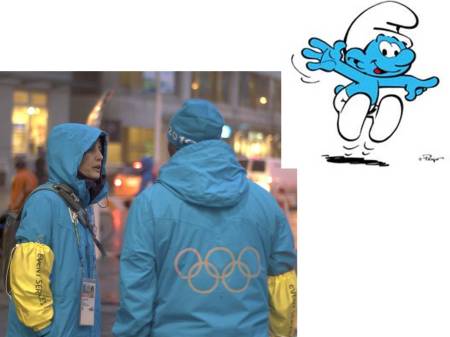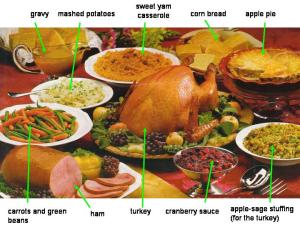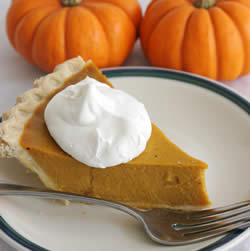
My recent neglect of my blog was due to the fact that I had paid a visit to Vancouver to witness the Olympics in action! Coming back from the trip required a lot of catching up with work so my sincerest apologies for the delay.
Although I was only there for the latter half of the Games, it was probably the more exhilarating half as all Canadians were ecstatic when they won gold in hockey and ended the Games with a bit of seemingly magic in the air! If you are a devoted fan like me, I’m sure you’ve watched every bit of the Games. Therefore, instead of talking about what may have already been shown on television, I’ll share one personal behind-the-scene experience.
I attended the Figure Skating Gala and the Closing Ceremony. The Closing Ceremony was a bittersweet experience as while I was excited about the show, it signified that the Olympics have finally come to a closure. While watching the Closing Ceremony, you may have noticed that the audience members were wearing light-colored paper ponchos and that there were occasional flashing lights in the sea of darkness out in the audience. In fact, each audience member was given an “Audience Participation Kit”. This was accompanied by a “rehearsal” and training session prior to the start of the show and all throughout the entire show an “audience leader” gave us instructions about which props were needed for a particular segment. Therefore, besides the actual performers, the audience was also involved! In fact, we were constantly “busy” switching props and juggling them with our cameras. We were first asked to put on a light-colored poncho made from paper, which served as a canvas onto which an extensive display of lights were shown with messages and flags of the participating countries during the parade of athletes and entrance of the flag bearers on stage.

The culture of the host city, Vancouver, was exhibited with larger-than-life-sized hockey players, Canadian Mounties, and a distinctive array of animals like the beaver, bear, and the moose. The audience was asked to wear a moose antler hat during this period. In fact, despite its silliness, the audience was excited about wearing them as everyone was jubilant about the Games and Canadians were especially proud of their country after their hockey win. We also clipped on a red or white blinker onto the antlers, which explains the continuous flashing of lights in the audience. At the end of this portion of the show, the entire stadium was then showered with red, orange, and yellow maple leaves made from tissue paper. It was a very pretty scene!

During the handover of the Winter Olympic Games to Sochi, Russia, the audience turned on a snow globe with a miniature replica of the mountains of Sochi with words which say “See You in Sochi” and lit up BC Place Stadium in red, blue or white, or the colors of the Russian flag.

The amount of time spent and the amount of people whom were involved with the Closing Ceremony are impressive. It must have taken a lot of effort to make sure the kits were placed appropriately to create the desired effect. Some digging into this matter unveiled that there were a total of 289 different possible combinations in the 60,000 kits in the audience! Amazing! Therefore, the organizing committee took time to thank the many volunteers who helped put together the event and made the Olympics possible with a flower tribute and gave them freebies like a set of postcards with the words “Thank you”. Each kit contained a colored card in pink, purple, or yellow which formed one of the many petals in the one of many possible flower formations in the audience. Known as Smurfs, as they were dressed in blue, there were a total of 18,500 volunteers at these Olympic Games.

As a keepsake and for ease of transport, the props fit nicely in a suitcase-like cardboard box decorated with graphics from the various Canadian provinces.
———————————————————
Word list
(International Phonetic Alphabet included, following the pronunciation of American English)
accompany (verb) /əˈkʌm.pə.ni/ – to go with someone or something
antler (noun) /ˈænt.lər/ – a horn that looks like tree branches which grows on the head of a moose
array (noun) /əˈreI/ – a large group of things or people
bittersweet (adj) /‘bIt.ər.swit/ – to describe feeling sad and happy at the same time
blinker (noun) /ˈblIŋ.kər/ – a light that turns on and off quickly
Canadian Mountie (noun) /kæ’ney.diən/ /ˈmaʊn.ti/- slang for the Royal Canadian Mounted Police dressed in a full red serge outfit, boots, and a hat
canvas (noun) /ˈkæn.vəs/ – a piece of clothing, board, or other display area
catch up (phrasal verb) /kætʃ//ʌp/ – to do something that one should have already done earlier
closure (noun) /ˈkloʊ.ʒər/ – an end or stop in something
desired (adj) /dIˈzaIrd/ – something that is wanted
devoted (adj) /dIˈvoʊ.tId/ -to describe someone who is loyal and passionate about something
ease (verb) /iz/ – to make or become less difficult or unpleasant
ecstatic (adj) /Ikˈstæt.Ik/– extremely happy
exhilarating (adj) /IgˈzIl.ə.reI.tIŋ/ – very exciting
extensive (adj) /Ikˈsten.sIv/ – covering a large area or having a great range
flag bearer (noun) /flæg//ˈbeə.rər/ – someone who holds a nation’s flag
freebie (noun) /ˈfri.bi/ – something given with no cost to it for promotional purposes
host (noun) /hoʊst/ – someone who has guests
impressive (adj) /Imˈpres.Iv/ – special, admirable
jubilant (adj) /ˈdʒu.bI.lənt/ adj– feeling or expressing great happiness
juggle (verb) /ˈdʒʌg.l ̩/ – to handle two or more things or jobs at the same time
keepsake (noun) /ˈkip.seIk/ – a souvenir or present to remember something or some event
moose (noun) /mus/- a large deer with antlers which live in the forests of North America, northern Europe, and Asia
neglect (noun) /nIˈglekt/ – state of not giving enough care or attention to someone or something
poncho (noun) /ˈpɑn.tʃoʊ/ – a piece of clothing made from one piece of material with a hole in the middle for the head
prop (noun) /prɑp/ n- an object used to support something
province (noun) /ˈprɑ.vIns/ n– an area which is governed as part of a country or an empire. Just like America has states, Canada has provinces.
put on (phrasal verb) /pʊt//ɑn/ – to wear
replica (noun) /ˈrep.lI.kə/ – a copy of an object
segment (noun) /ˈseg.mənt/– a part of something
silliness (noun) /ˈsIl.I.nəs/ n– the act of being silly or funny
Smurf (noun) /smərf/ – a small blue cartoon character with a white stocking cap and pants from the cartoon “The Smurfs”
stadium (noun) /ˈsteI.di.əm/ – a large closed area of land with rows of seats around the sides used for sports events or musical performances
tribute (noun) /ˈtrI.byut/ – something that you say, write or give which shows respect and admiration for someone
unveil (verb) /ʌnˈveIl/ – to reveal or show something




 Posted by Alice
Posted by Alice 












